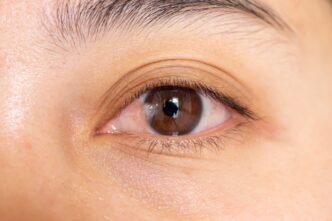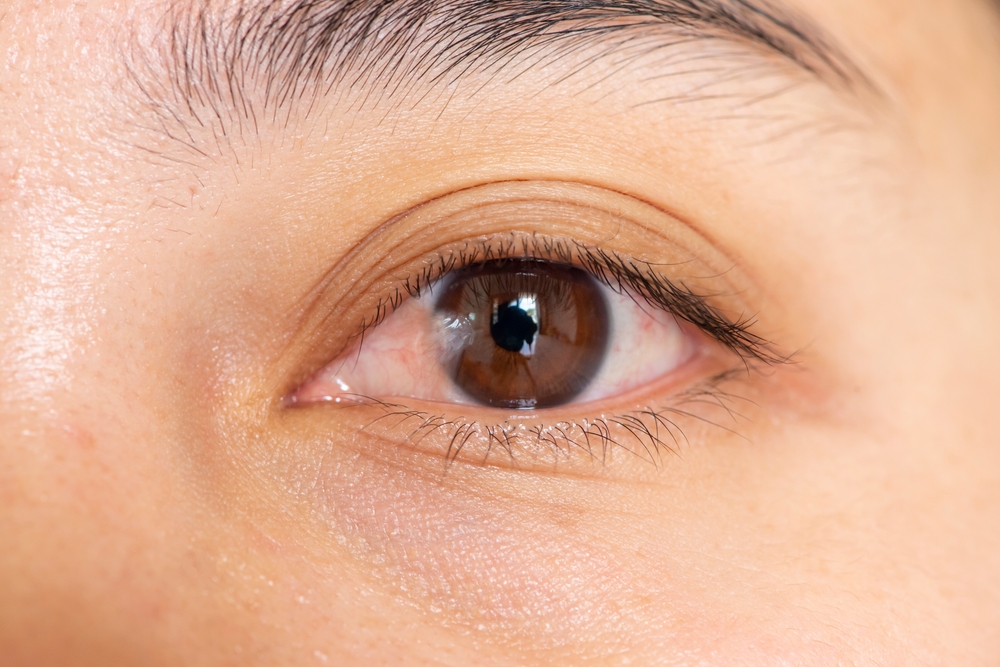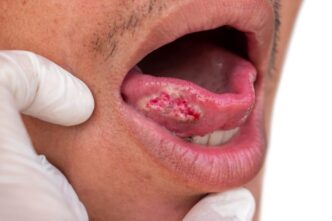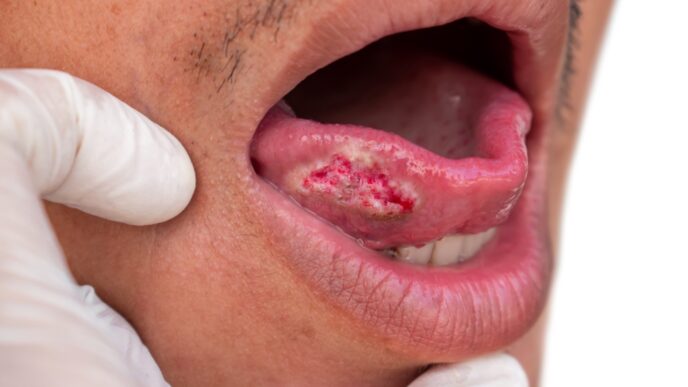Pterygium is a fleshy growth of the conjunctiva, the mucous membrane that covers the white part of the eye. It is a benign or non-cancerous condition that usually grows slowly, starting at the side of the eyeball and moving toward the center of the pupil. Pterygium can happen to one or both eyes.
WORDS DR CHAN JAN BOND
 FEATURED EXPERT FEATURED EXPERTDR CHAN JAN BOND Consultant Ophthalmologist, Eye Surgeon, and Refractive Surgeon International Specialist Eye Centre (ISEC) Kuala Lumpur |
PTERYGIUM AT A GLANCE
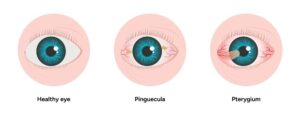
Pterygium is a triangular piece of tissue that creeps onto the cornea, usually from the side of the eye closest to the nose.
- This is not life-threatening condition.
- However, it may cause annoying symptoms such as having a foreign body in the eye, redness, and irritation.
IS IT COMMON?
Pterygium is very prevalent in Malaysia, as we are living slightly north of the Equator.
- It is very common among people who has an outdoor occupation (such as fisherman, farmer, construction workers, drivers, etc).
- It commonly starts to show when one is between 40 and 50 years old.
Men have a higher tendency to develop pterygium compared to women.
| Pterygium is also called “surfer’s eye” because it was first commonly noticed in people who spend a lot of time outdoors on the water, like surfers. However, this condition doesn’t affect just surfers. It can develop in anyone that experiences a lot of sun exposure over long periods of time. |
WHY DO SOME PEOPLE DEVELOP PTERYGIUM?
There are multiple different genetic and environmental factors may be the cause for a person to develop this condition.
- Exposure of ultraviolet or UV light is a well-known cause. People that live in the equator area with lots of sunlight or spend a long time in a sunny environment are very prone to developing pterygium condition.
- People with dry eyes as well as those that are exposed to dust, sand, smoke, wind, and pollen over long periods of time are more likely to develop pterygium.
- Lastly, there is also evidence to show that our genes can also determine how likely we are to develop this condition and how long it will last.
HOW IS PTERYGIUM TREATED?
Early Stage Pterygium
- During the early stage, the growth is usually small and only invades the cornea minimally.
- There is no treatment required.
However, one will be advised to avoid exposure to UV light by:
- Wearing sunglasses and a hat while going out under the sun,
- Applying artificial tears frequently to prevent dry eyes.
Advanced Stage Pterygium
In the later stage, the pterygium may cause blurring of vision and even permanent scarring in the eye.
- Surgical removal of the growth when one experiences persistent irritation persist or blurring of vision due to astigmatism.
- Note that after the surgical removal of the growth, pterygium has up to 5-30% chance of developing again.
- The chance of recurrence depends on the type of pterygium, the size of pterygium that had been removed, and the surgical technique used to remove the growth.
Use of UV protection wear and keeping the eye moist after pterygium surgery are all very crucial to prevent recurrence.
| This article is part of our series on eyesight and eye health. |

